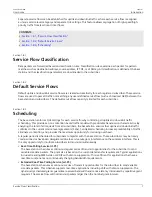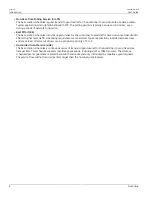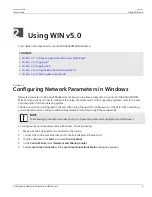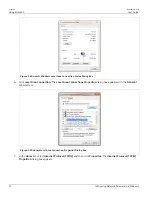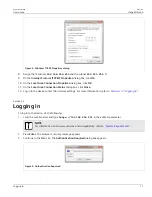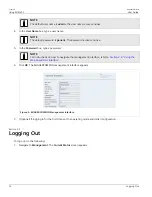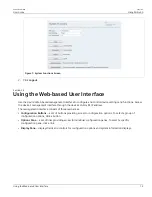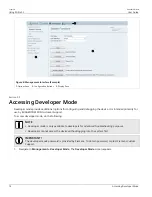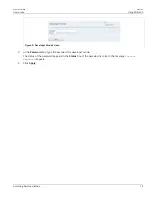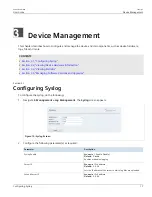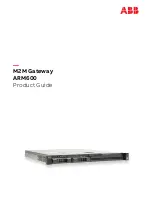
RUGGEDCOM WIN
User Guide
Chapter 1
Introduction
Mobile WiMAX Wave 2 MIMO Features
3
ProductCERT Security Advisories website
[http://www.siemens.com/innovation/en/technology-focus/
siemens-cert/cert-security-advisories.htm] . Updates to Siemens Product Security Advisories can be obtained
by subscribing to the RSS feed on the Siemens ProductCERT Security Advisories website, or by following
@ProductCert on Twitter.
• Use the latest Web browser version compatible with RUGGEDCOM WIN to make sure the most secure Transport
Layer Security (TLS) versions and ciphers available are employed. Additionally, 1/n-1 record splitting is
enabled in the latest web browser versions of Mozilla Firefox, Google Chrome and Internet Explorer, and
mitigates against attacks such as SSL/TLS Protocol Initialization Vector Implementation Information Disclosure
Vulnerability (e.g. BEAST).
Policy
• Periodically audit the device to make sure it complies with these recommendations and/or any internal security
policies.
• Review the user documentation for other Siemens products used in coordination with the device for further
security recommendations.
Section 1.2
Mobile WiMAX Wave 2 MIMO Features
Multiple-Input, Multiple-Output (MIMO) describes systems that use more than one radio and antenna system
at each end of the wireless link. In the past it was too costly to incorporate multiple antennas and radios in a
subscriber terminal. Recent advances in radio miniaturization and integration technology now make it feasible and
cost effective. Combining two or more received signals has the immediate benefit of improving received signal
strength, but MIMO also enables transmission of parallel data streams for greater throughput. For example, in a 2
× 2 MIMO (two transmit and two receive elements), dual polarization point-to-point system, the carrier’s allocated
frequency can be used twice, effectively doubling the throughput data rate.
In point-to-multipoint systems employing MIMO, each base station antenna transmits a different data stream
and each subscriber terminal receives various components of the transmitted signals with each of its subscriber
antennas. The subscriber terminal is able to algorithmically separate and decode the parallel simultaneously
received data streams.

















